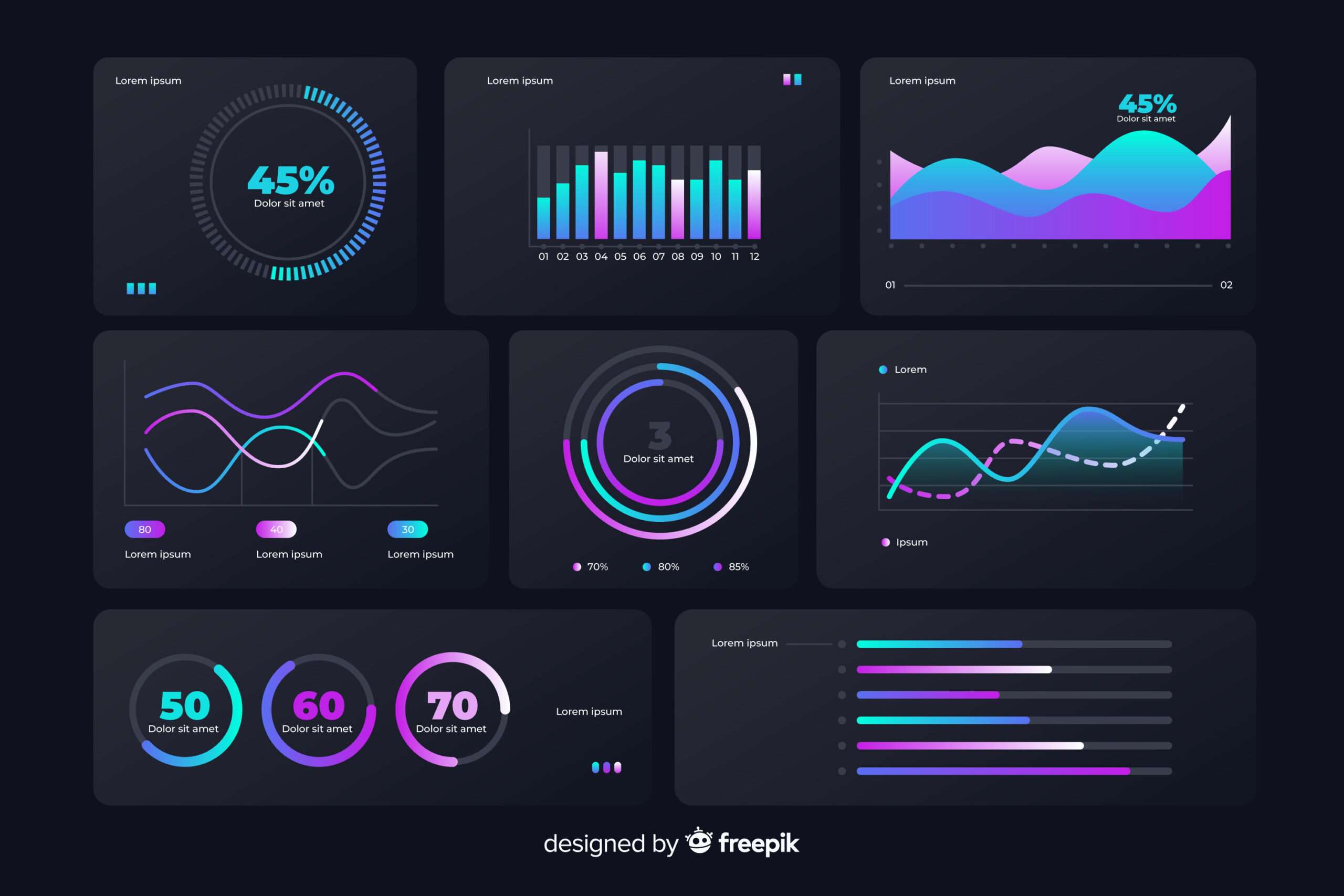Finance & Accounting
The world of finance and accounting has long since moved on from pen-and-paper ledgers and other financial records to computerized data. And because every organization has finances to manage, every organization has something to gain from state-of-the-art financial data solutions!
Real-time Analytics
Financial professionals need their data to be as up-to-date as possible. Because:
- Profit opportunities in financial markets can come and go in a matter of seconds.
- Data-savvy financiers can outsmart their competitors with more up-to-date information.




Conventional data analytics tools, such as Excel and Google Sheets, are capable of running real-time analytics if employed in the right way. Chat With Us About Real Time Analytics
Machine Learning and Artificial Intelligence
Predictive Analytics
For decades, predicting financial results such as revenue, expenses, and cash flows was a pseudoscientific guessing game. However, the Machine Learning literature has provided us with sophisticated predictive algorithms to improve the accuracy of our financial forecasting. If your organization struggles to accurately forecast future outcomes, predictive analytics is for you.
Automation
Machine Learning makes automation a breeze. This advantage goes down to the root of what Machine Learning tries to accomplish: teaching a computer to identify patterns and insights in data, as opposed to a human trying to learn those patterns and insights himself or herself. Thus, Machine Learning can automate the process of predictive insight generation, an otherwise human-executed, rather time-consuming step.

Your Organization’s Financial Data
To keep pace with our digitized economy, organizations of all types would do well to adopt a strong data-based practice to monitor their finances. If you’re ready to put your financial data to work, contact us at Boxplot for a quote. Whether you need help with advanced features in Excel, automation, converting your analyses to a more sophisticated BI platform, or if you’re just in need of advice about your financial data, we’re happy to answer any questions you may have.
Financial Data Visualization
& Reporting
Humans do not interpret tables of numbers well—visualizations are much more quickly and accurately interpreted by the human brain. Tableau, Power BI, Excel, and Python are just a few examples of tools that can be used to create effective, useful data visualizations. Each of these programs offer improved versatility in terms of report automation as well as the number of visuals available.
The days of wasting time on manual data entry are over: we can also pull data from a much wider variety of data sources than Excel, as integrations of Salesforce, AWS, Azure, and SQL/NoSQL with Tableau and/or PowerBI are much easier. And if you do choose to stick with tabularly-formatted Excel reporting, there are a number of features we have access to, to maximize the readability of the data, including:
Pivot Tables
Aggregate large quantities of data in Excel into a concise, partially-customizable format
Conditional Formatting
Automate the correcting of the appearance and framing of the cells based on the values of the data in those cells
Lookup Functions
Synthesize multiple data sources into one by matching data from elsewhere with their proper category in the viewable report.


